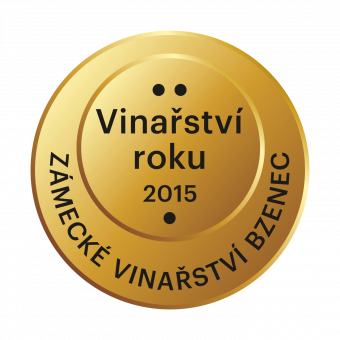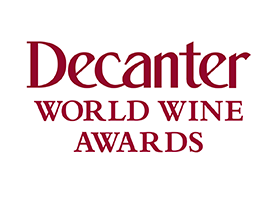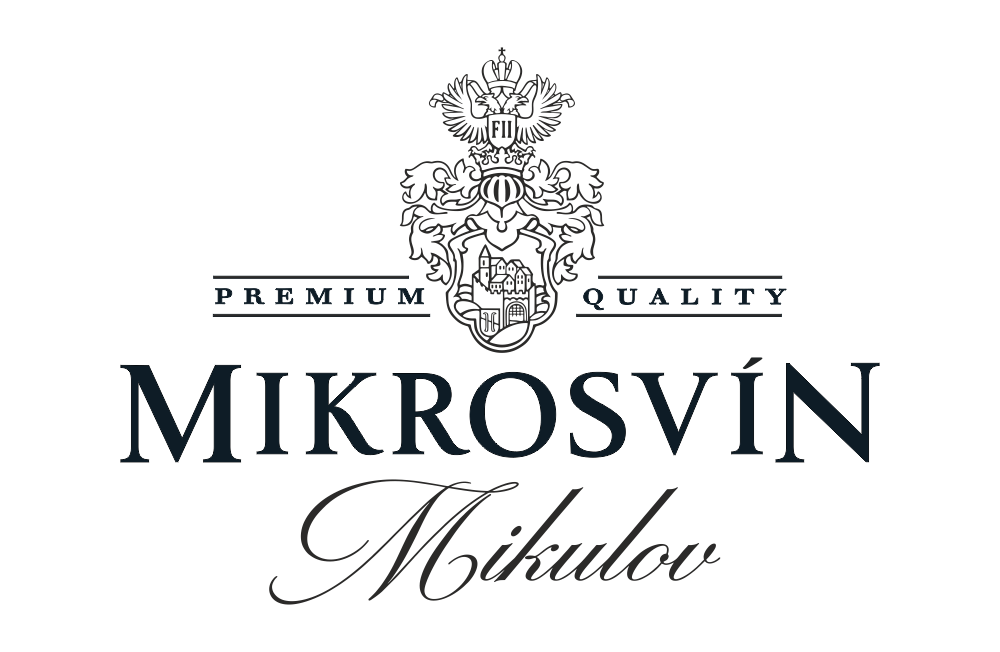EN | CZ
Cellars
In the historical castle cellars, we take care of our wines in many barriques and casks carved by hand.
The cellars also include a vintage cellar, where we store our greatest treasures.
The Entry Hall of the Prince of Metternich
Here you can see an example of functional wine piping. It may look dirty, but it is sanitised before and after use to prevent any troubles caused by poor hygiene.
The hall is named after the Prince of Metternich. He was a groomsman during the wedding ceremony of William II, Elector of Hesse-Kassel, and Emilie here at Bzenec Castle. This prince began regenerating the Bzenec estate laid waste in the 18th century.

Pruzskow Hall
This hall is named after one of the families that owned the castle in 1588-1769. The Urbarium of the Bzenec Estate, containing important historical facts not only about viniculture in the Bzenec region, was created thanks to their activities. The castle was rebuilt in the Renaissance style and then in the Baroque style during their reign. Here are examples of barriques. They have a capacity of 225 litres, are made of oak wood, and differ in the level of burning their insides. Our companies make wines in barriques but do not indicate it on the labels – their capacity is small.
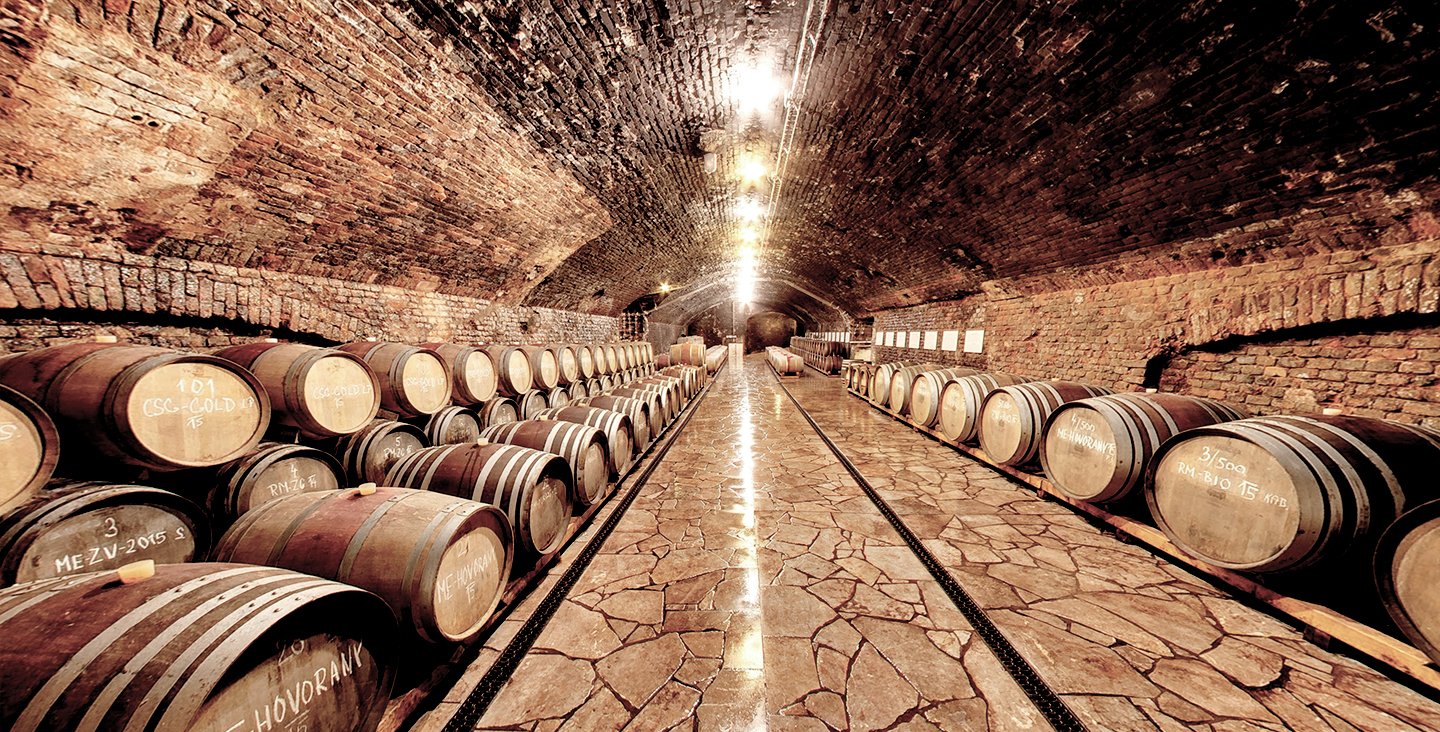
Vintage Cellar and the Well of Jiří of Kravaře
This well is built newly due to the microclimate to ensure the optimal air moisture for archiving wines. Jiří of Kravaře owned the Bzenec estate at the end of the 15th century. The archive contains wines from all companies awarded medals at national or international competitions or wines of unique vintages that must also be kept for other years.
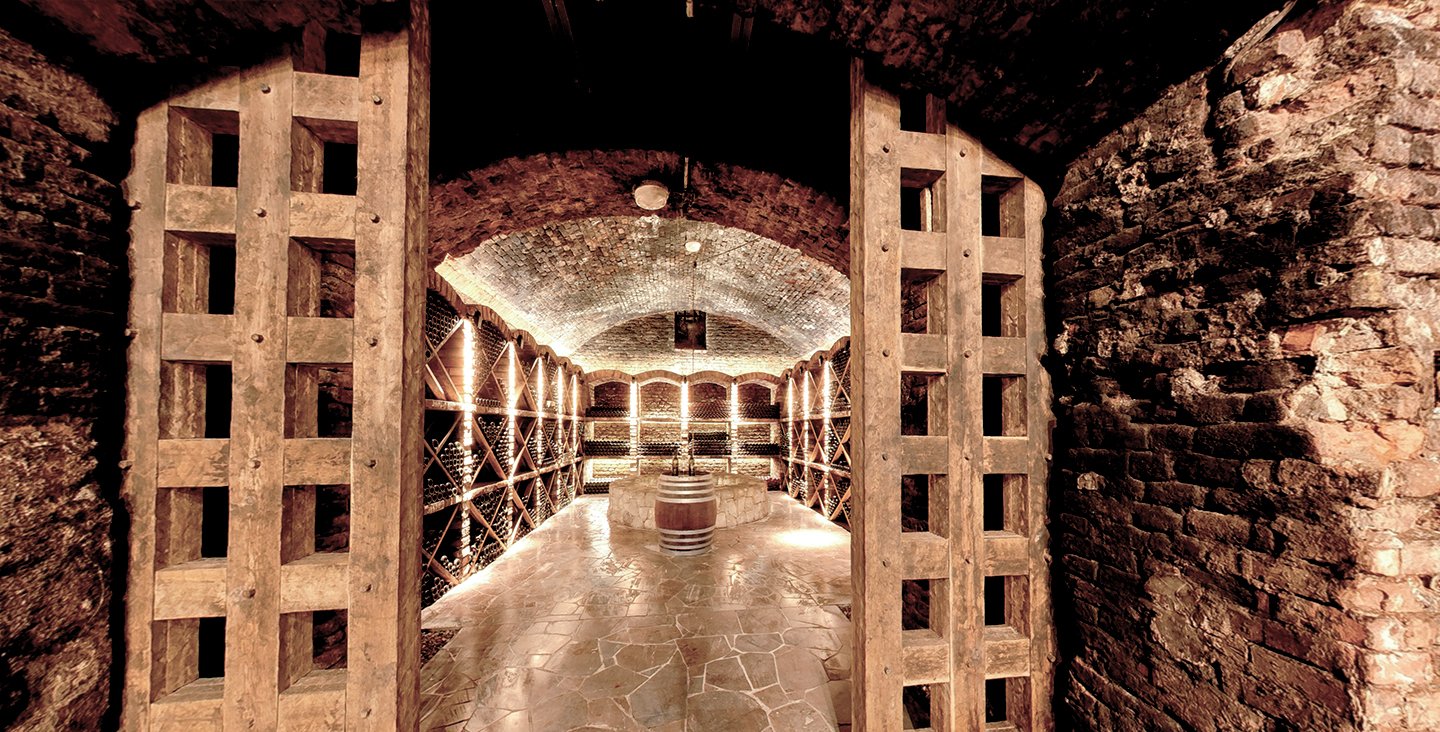
A stop in the Rotunda of John of Nepomuk
This rotunda is named after John of Nepomuk – his statue is in our BIO vineyards in Hýsly nearby, and Vinařství U Dvou lip has it in its logo.

Castle Hall
Now we are in the largest cellar situated on the highest level. It used to serve as a tithe cellar. It can also be entered directly from the castle.
You can currently see big casks here. There were more casks in the cellar, but they were not used, and so most of them began to decay. The casks that are here have been rebuilt by cask makers from Prazdroj. Nevertheless, this craft seems to vanish slowly, and almost nobody knows how to repair them. First, the inside of a cask is steamed using hot steam. Next, the cask is filled with water to swell tight. And after that, it is filled with "more ordinary” wine to soak. We plan to continue to use the wine-making casks. Here you can also see photographs and texts about the history of the castle.
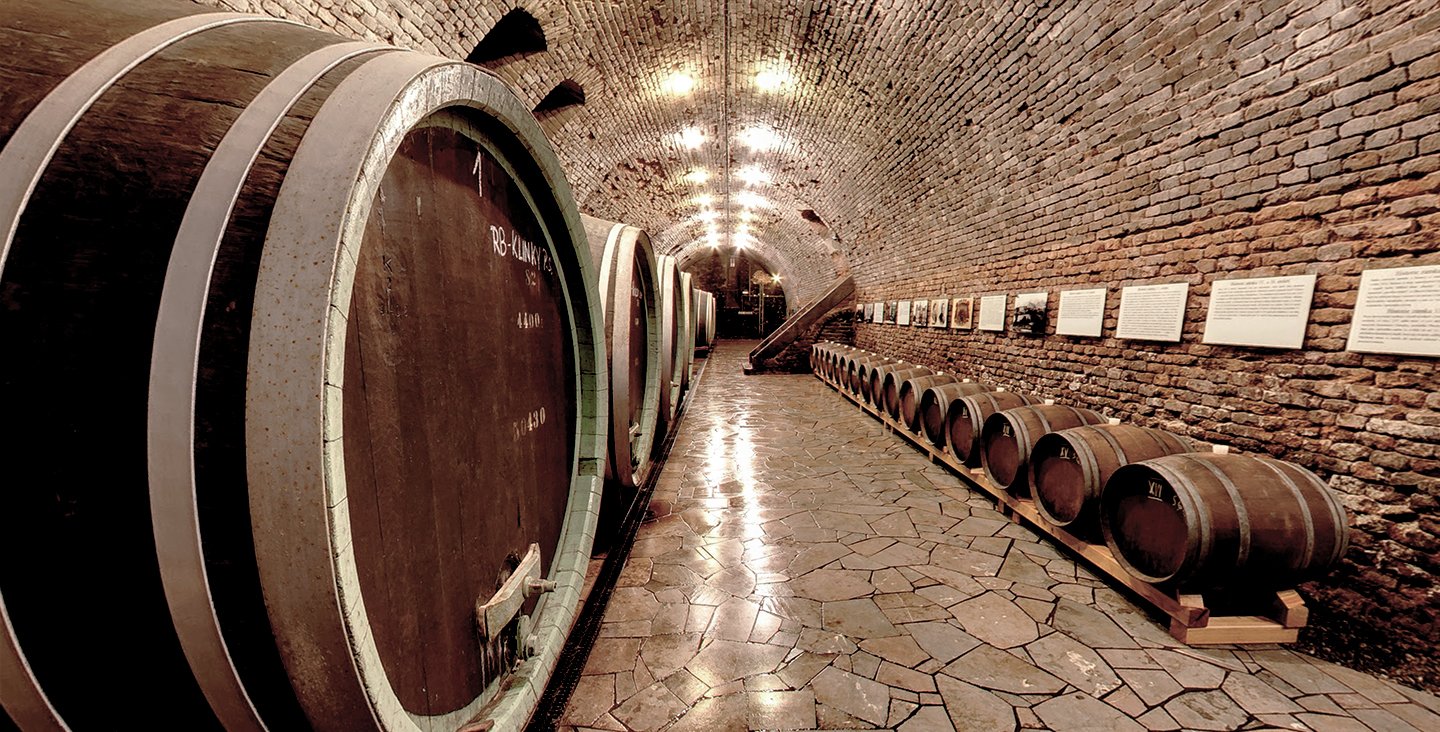
The Rotunda of Adolf Heyduk and the passage to the sparkling wine cellar
The sparkling wine cellar, which is the longest one in the Bzenec region – about 300 meters, stretches from this rotunda. Here in the rotunda, you can see an example of making sparkling wines using the following classic method of secondary fermentation in bottles. First, the bottles are filled with wine, and yeast cells and sugars to nutrient them are added. The bottles are closed with crown caps and laid in the cellar for 9 months to undergo secondary fermentation – the conversion of sugar into alcohol and CO2 using yeast cells. A relatively high pressure – up to 6 atmospheres – is thus built up in the bottles. Next, the bottles are placed in these racks to shake down sludge into the bottlenecks, which is made manually. Then, disgorging – removing a frozen pellet of dead yeast cells – follows after the specified time. After that, the bottles are refilled with a disgorging solution to adjust the final content of sugars – brut, extra dry, etc. Finally, the bottles are closed with classic sparkling wine corks and muselets. Bzenec was the first town in the Czech Republic where sparkling wines began to be produced; it was in 19. century. As local winemakers were really masters in making wines, they won a Great Gold Medal for Bzenec sparkling wine in Tolousse 3 years later. The rotunda is named after Adolf Heyduk, a Czech writer who loved Bzenec wines, especially Lipka.
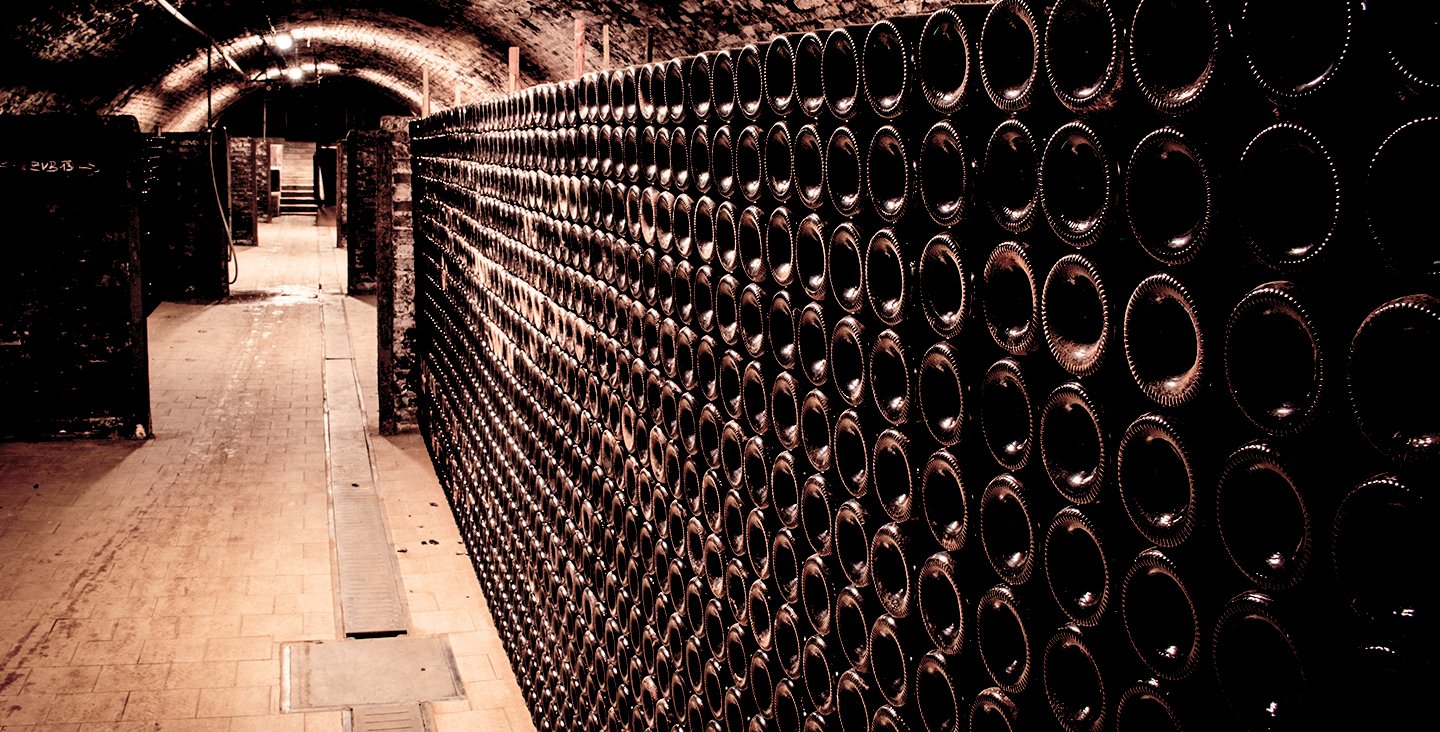
The Cellar of the Countess of Amelie of Reichenbach
Although the smallest one, this is the most beautiful hall. Four carved casks are exhibited here. They were made by František Budař, one of the local employees, in the ninetieth.
The 1st cask on the left – A young couple’s way through life, the allegory of heaven and hell, Hradčany, Bzenec Castle and a lime tree, and Havel
The 1st cask on the right – Janíček – Based on folk songs from Moravian Slovakia, where Janíček is a frequent hero
The 2nd cask on the right – Love motifs – “Moravian-Slovakian Kama Sutra”
The 2nd cask on the left – Fate – Significant moments from the history of the Czech nation: Wenceslaus, Duke of Bohemia, brought vines and participated himself in planting and making wines. Charles IV – Burgundy varieties. John Amos Comenius. Cyril and Methodius. Forefather Čech’s climbing Říp Mountain. T.G.M. Pope John Paul II in Velehrad.

The Chapel of Wilhelm Otto of Reichenbach-Lessonitz
A sculpture of the architect of the castle in its current Neo-Gothic style is situated here. His fate is tragic. So high costs had been determined for the reconstruction that he rather departed from this life voluntarily on seeing the price.

The Corridor of František Schwarzmann – near the small casks.
F. Schwarzman was the director of the manor in Bzenec at the end of the 19th centuryHe was very progressive. He greatly contributed to improving rootstocks resistant to grape phylloxera, to making top-class sparkling wine, and also to growing vines in greenhouses. Here you can see large-capacity concrete tanks – former workers hadn’t the slightest idea of how nice vaults were here.
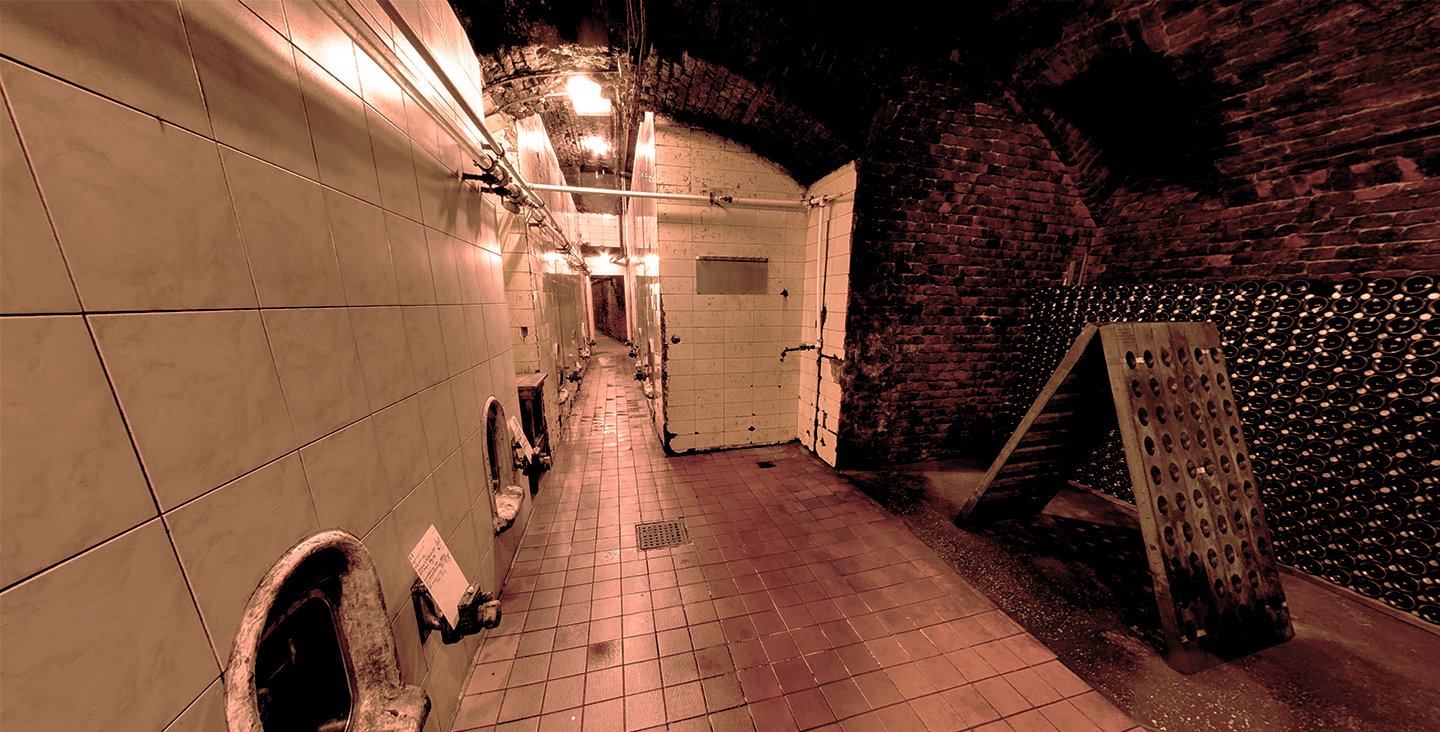
Hessen Hall – Tasting room
This is also an original cellar, with the vault supported by pillars. It was connected to other cellars and also to the Jewish Cemetery. Everything has already been filled.
It is currently used as a ZVB representative tasting room. This room can be rented for organising various celebrations or corporate events.



